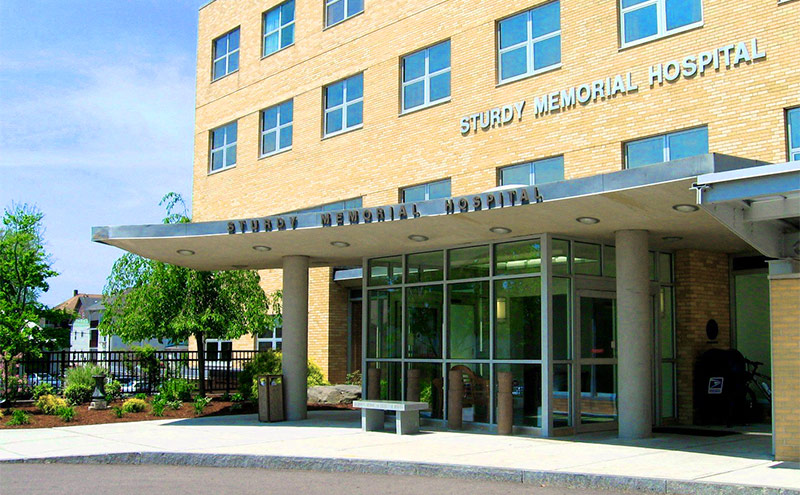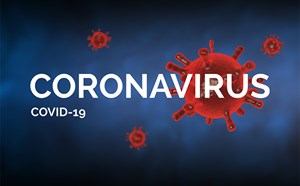
GEDA Journal
Sturdy Memorial Hospital is an independent community hospital whose emergency department (ED) sees almost 50,000 patients a year with an ever-increasing population over the age of 65. With this aging population, and their medical and social needs becoming more complex, we knew that we needed to do more to improve the care provided. Before becoming a Geriatric ED, we had sporadic case management presence in the ED, no options for improving end of life care, no physical therapy presence and no formal medication management process with pharmacy. The ACEP Geriatric ED Guidelines and associated accreditation process provided us the guidance and focus we needed. We made becoming a Geriatric ED one of our top goals and every year we make sure that one of our ED goals is related to improving the quality of care we provide to the geriatric population.
In late 2017, we created a Geriatric ED Committee and used the ACEP guidelines as a framework to begin formalizing and hard wiring processes within our ED. We started with education and had several nurses complete the Emergency Nurse Association (ENA) GENE program. I joined the ACEP Geriatric EM section to improve my education and arranged for clinical lectures at our hospital specifically focused on geriatric care. We developed an annual "Geriatric Education Day" which is an 8- hour session that looks at the multidisciplinary approach to the care of the geriatric patient. From a care perspective, we created a risk assessment tool that allowed nurses and physicians to think more beyond the acute medical care of their patients and consider other issues, such as poly pharmacy, ambulatory and vision challenges and recent falls, when determining how to manage the patient and who needs to be involved in their care. To improve care, based on this assessment, we were able to increase the presence of case management in the ED and successfully increased the number of patients being discharged with home services, home safety evaluations and physical therapy referrals. We were also able to transition patients to rehabilitation and long- term care facilities from the ED thus avoiding unnecessary hospital admissions. Additionally, we educated our staff on the importance of nutrition for our elderly patients and worked with our nutrition department to increase the variety of food options available 24 hours a day.
By implementing these processes, we successfully became accredited as a Level 3 Geriatric ED. This accreditation served as fuel to significantly increase the interest in further improving geriatric care with a goal of obtaining Level 2 accreditation. We have since implemented a referral process for palliative care consultations on our discharged patients, created guidelines for pain management in the elderly population, increased the presence of physical therapy within the ED to help assess patient safety and ensure mobility for our elderly patients that are in the ED for prolonged periods of time, and placed a pharmacy tech in the ED to perform medication reconciliation for all admitted patients. Working towards becoming an accredited Geriatric ED was the key to being able to implement this level of care for our elderly patients.



